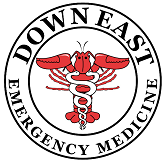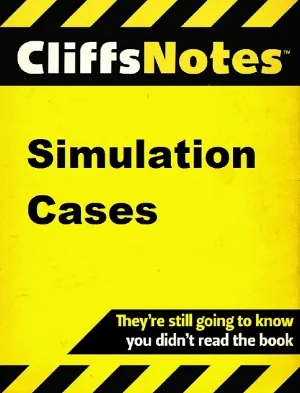Bud's Common and Simples - Avulsed Teeth
/Dr. George "Bud" Higgins shares with us some tricks of the trade regarding evaluating and reimplanting avulsed teeth. He answers four key clinical questions for us: 1) How do you classify dental injuries? 2) How do you know whether or not the avulsed tooth is a primary tooth? 3) When should you consider reimplanting avulsed teeth? 4) How do you reimplant and stabilize an avulsed tooth until the patient can follow up with a dentist?
Read More



















